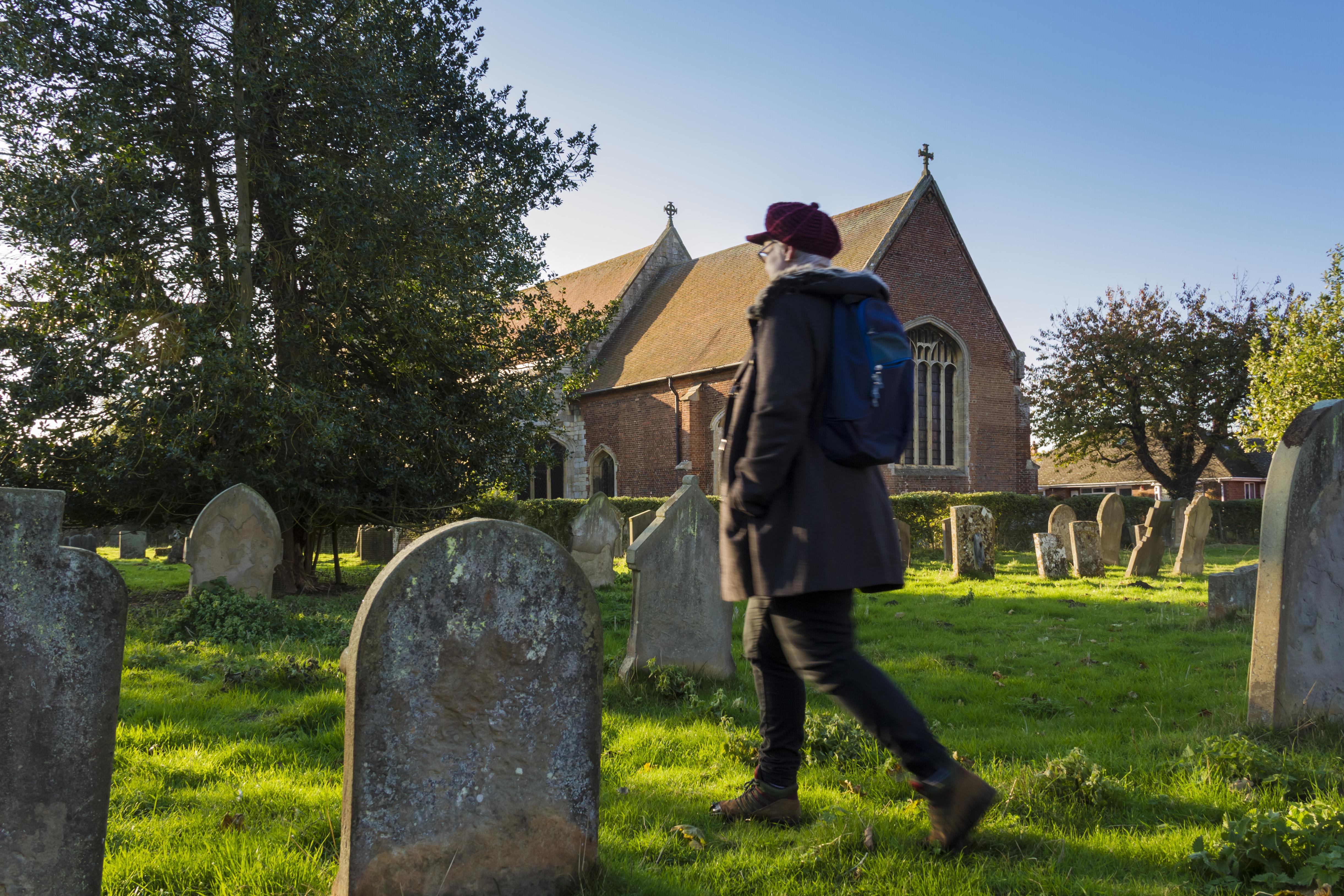Church Lane Chapel
Bardney, Lincolnshire
A Methodist Society was formed in Bardney as early as 1788, 44 years after John Wesley's first conference.

The church has close associations with Bardney Abbey, a Benedictine monastery founded in 697 by King Ethelred of Mercia.
Bardney, Lincolnshire
In 679, Queen Osthryth sought to move the bones of her uncle, St Oswald, to rest there. The monks refused acceptance and the coffin was locked outside. Overnight a light appeared and shone upwards from his bier. The monks declaring this was a miracle and accepted the body into the abbey, hanging the King's Purple and Gold banner over the tomb. They removed the great doors to the Abbey so that such a mistake could not occur again.
St Lawrence is a large grade I listed church, originally built around 1434. It has a brick chancel which is constructed from the same bricks used to build nearby Tattershall Castle. It is now home to a wonderful display and exhibition of Bardney Abbey and its troubled history. In 1537, six of the Bardney Abbey monks were executed for their role in the Lincolnshire Rising and finally in 1538, the Abbey was disbanded and its property seized during the Dissolution of the Monasteries campaign started by Henry VIII. Parts of the demolished abbey were used to build the church.
St Lawrence contains many treasures including interesting murals depicting saints, beautiful carved angels in the roof timbers as well as a 19th century reredos, 5th century piscina and a 14th century figure originally from the Abbey. At the west end of the nave is an incised slab to Abbot Richard Horncastle, who died in 1508, and three painted wooden panels recording charitable donations. Well worth a look is the east window by Kempe, featuring the crucifixion in the centre, with Mary and St John the Apostle. Far left is St Lawrence and the griddle, and far right is St Oswald.
Bardney, Lincolnshire
A Methodist Society was formed in Bardney as early as 1788, 44 years after John Wesley's first conference.
Bardney, Lincolnshire
A modest temporary structure adapted from an agricultural use. It has an intimate charm.
Southrey, Lincolnshire
This small village church was built as a temporary structure in 1898 by the villagers and the local carpenter Richard Turner, standing on a concrete base with stones from Bardney Abbey in its foundations.